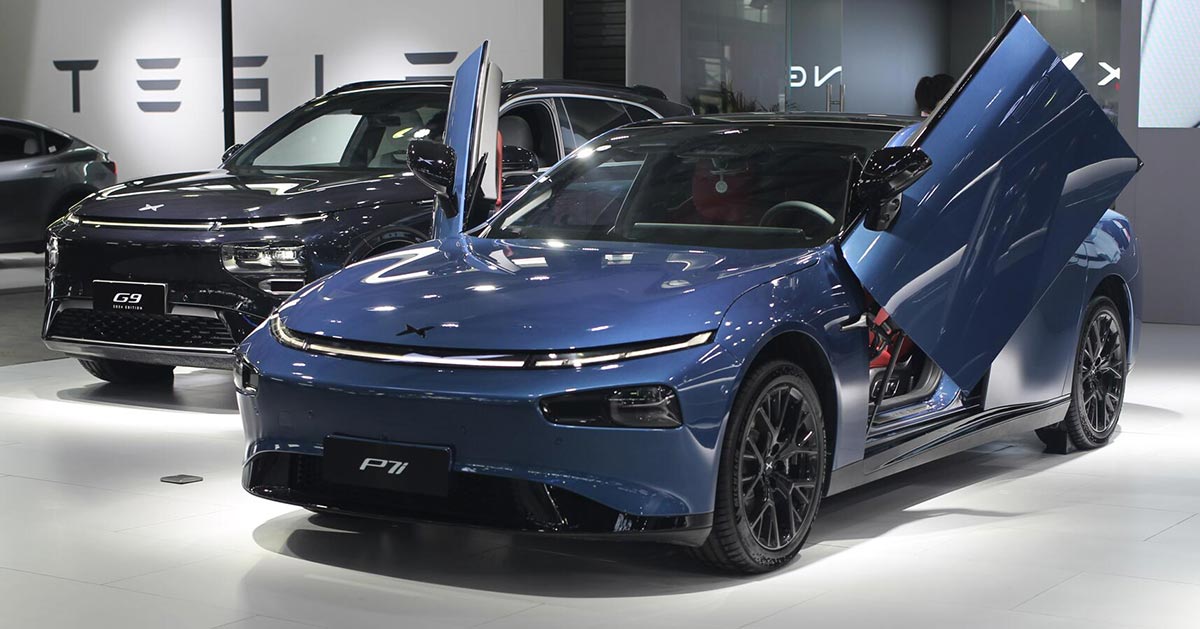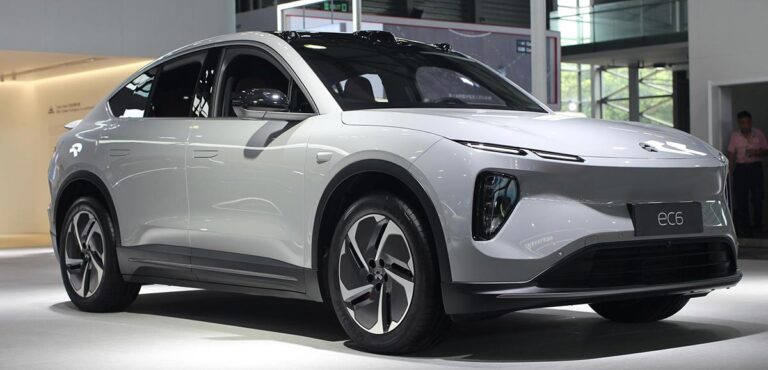Xpeng has created an AI unit under its smart driving department to focus specifically on areas including end-to-end technology, according to local media.

The reshuffle of Xpeng's (NYSE: XPEV) smart driving team continues, following the departure of its vice president of autonomous driving, Wu Xinzhou, who left the company last August to join Nvidia.
Lin Yishu, the North American head of Xpeng's smart driving team, has recently left the company, with his job being taken over by another senior member, Junyao, according to a report today from local media outlet 36kr.
Previously Lin mainly oversaw Xpeng's North American smart driving team, reporting to smart driving head Li Liyun, the report noted.
Lin was recruited by Wu to join Xpeng in 2019, when he was head of the big data team. Prior to joining Xpeng, Lin was a technical lead at LinkedIn.
Also joining Wu's team at that time were Parixit Ahera, formerly director of CR&D software at Qualcomm; Wang Tao, formerly co-founder of Drive.ai; and Li Liyun, formerly a member of Baidu's Apollo, who are all core members of Xpeng's smart driving team, the report said.
After Wu's departure in August 2023, some of Xpeng's core personnel in smart driving technology also chose to leave, and only Li is still with Xpeng among the people mentioned above, according to 36kr.
Also leaving Xpeng recently was Zhang Pengyue, the head of the perception module static team, who joined in 2019, according to the report.
Meanwhile, Xpeng has seen new talent come on board.
In March, Liu Xianming, a former senior engineer at GM's self-driving unit Cruise, has joined Xpeng as the head of the AI team, replacing Patrick, the former head of Xpeng's smart driving AI, who previously left the company, according to 36kr.
In addition, a number of Cruise engineers and Waymo engineers have also joined Xpeng.
Earlier this month, Candice Yuan, formerly head of operations at Alibaba's Damo Academy autonomous driving lab, joined Xpeng as senior director of autonomous driving products.
Along with the staffing changes, Xpeng has also made adjustments to the organizational structure of its smart driving team.
Xpeng has set up an AI department under its smart driving division to specifically focus on advancing technologies including end-to-end, according to 36kr.
After Tesla (NASDAQ: TSLA) released its FSD (Full Self-Driving) V12 earlier this year, the end-to-end large-model technology used by the US EV maker is gradually becoming an industry consensus.
According to the previous commonly adopted technology architecture, for intelligent driving systems, modules such as perception, prediction, decision-making, and control all require the responsibility of engineers in different fields.
An end-to-end smart driving system can alleviate this issue by taking sensor data as input and using it directly for the vehicle's control commands, with all intermediate processes relying on neural network models.
The main benefit of using end-to-end technology is that it can cover corner cases that cannot be fully covered by rules, thus accelerating the rollout of higher-level smart driving features, including NOA (Navigate on Pilot) in urban areas.
Xpeng said in May that it had achieved the use of end-to-end technology, and that urban NGP (Navigation Guided Pilot) had covered more than 300 cities and was expected to cover the whole country in the third quarter of this year.
On June 19, LatePost reported that Nio (NYSE: NIO) had reorganized its smart driving team to focus more on end-to-end technology.
He Xiaopeng, Xpeng's chairman and CEO, is visiting the US and had tested Tesla's FSD, according to a Weibo post by Mr. He yesterday.
After CnEVPost's report on Mr. He's US trip was published yesterday, Tesla CEO Elon Musk commented, "The Chinese automakers are by far the most competitive."

